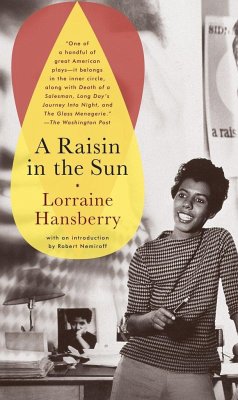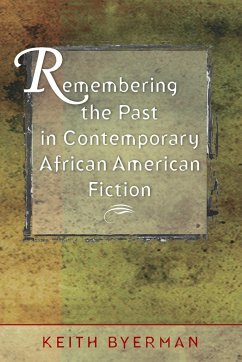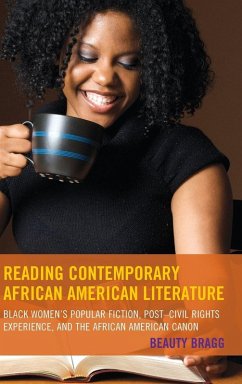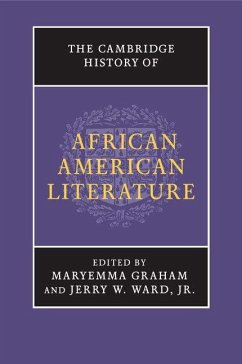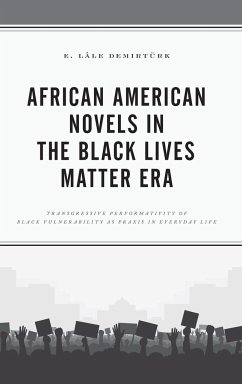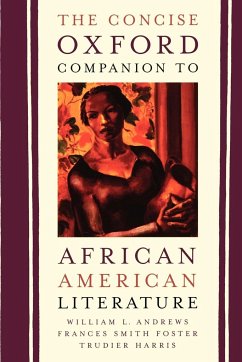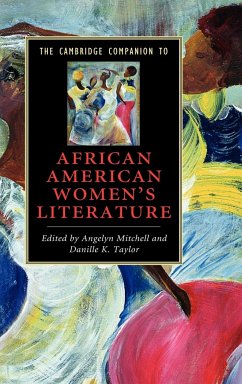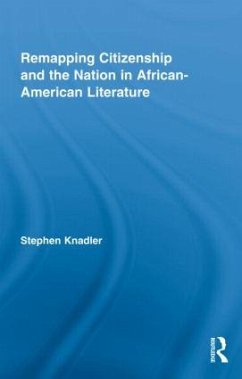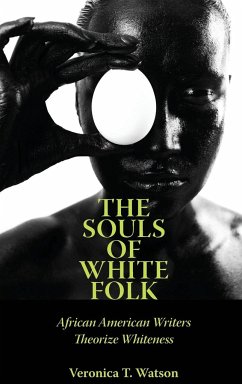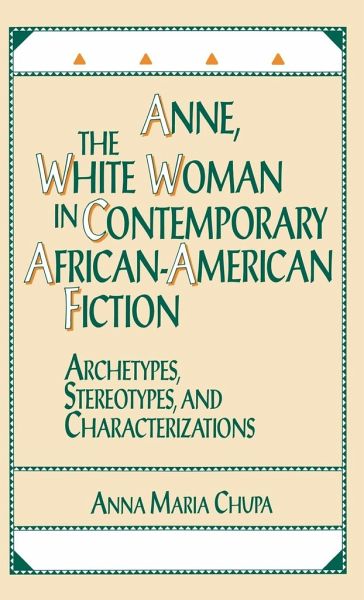
Anne, the White Woman in Contemporary African-American Fiction
Archetypes, Stereotypes, and Characterizations
Versandkostenfrei!
Versandfertig in 1-2 Wochen
70,99 €
inkl. MwSt.

PAYBACK Punkte
35 °P sammeln!
Although many books in the last decade have dealt with the unique mythic forms of African-American literature, and others have applied Jungian theory to literary criticism in general, none have attempted to combine the two strands. This volume does just that, applying Jungian archetypal theory and certain West African religious principles to the analysis of fictional characterizations of white women. Using Calvin Hernton's Sex and Racism in America in the development of women's stereotypes, Anna Maria Chupa adds a mythic interpretation to these characters, while at the same time recognizing th...
Although many books in the last decade have dealt with the unique mythic forms of African-American literature, and others have applied Jungian theory to literary criticism in general, none have attempted to combine the two strands. This volume does just that, applying Jungian archetypal theory and certain West African religious principles to the analysis of fictional characterizations of white women. Using Calvin Hernton's Sex and Racism in America in the development of women's stereotypes, Anna Maria Chupa adds a mythic interpretation to these characters, while at the same time recognizing that the social context that informs the stereotypes creates the imagery through which archetypes are manifest. In this way, she is able to analyze both the particular stereotypes of white women and their mythical roles. The book constructs its analysis around the discussions of the different stereotypes. The destructive bitch, the confidant-sage, the benevolent witch, and other mythic and social types are treated in a context that is neither purely African nor European, but a combination of both. Works addressed include Baraka's The Dutchman, Ellison's Inivisible Man, Himes's If He Hollers Let Him Go, Wright's Native Son, and Walker's T he Color Purple. The work concludes with a bibliography and a comprehensive index. This book will be useful for courses in African-American fiction, women in literature, and myth and literature, as well as an important addition to college and university libraries.





